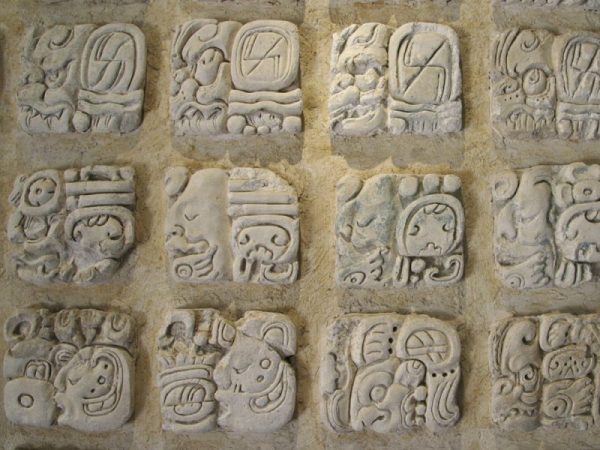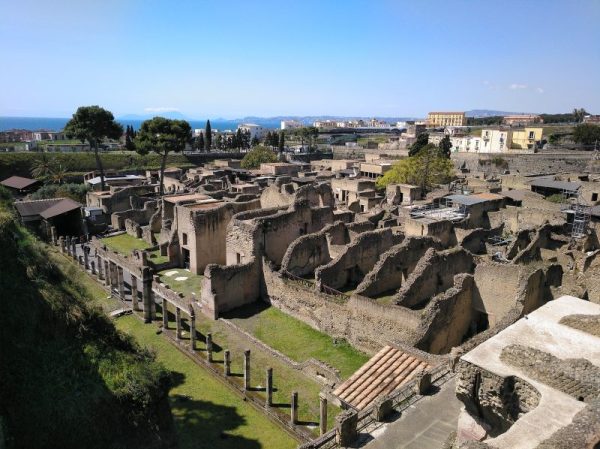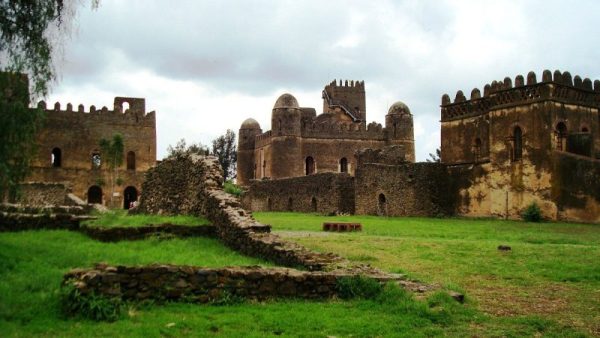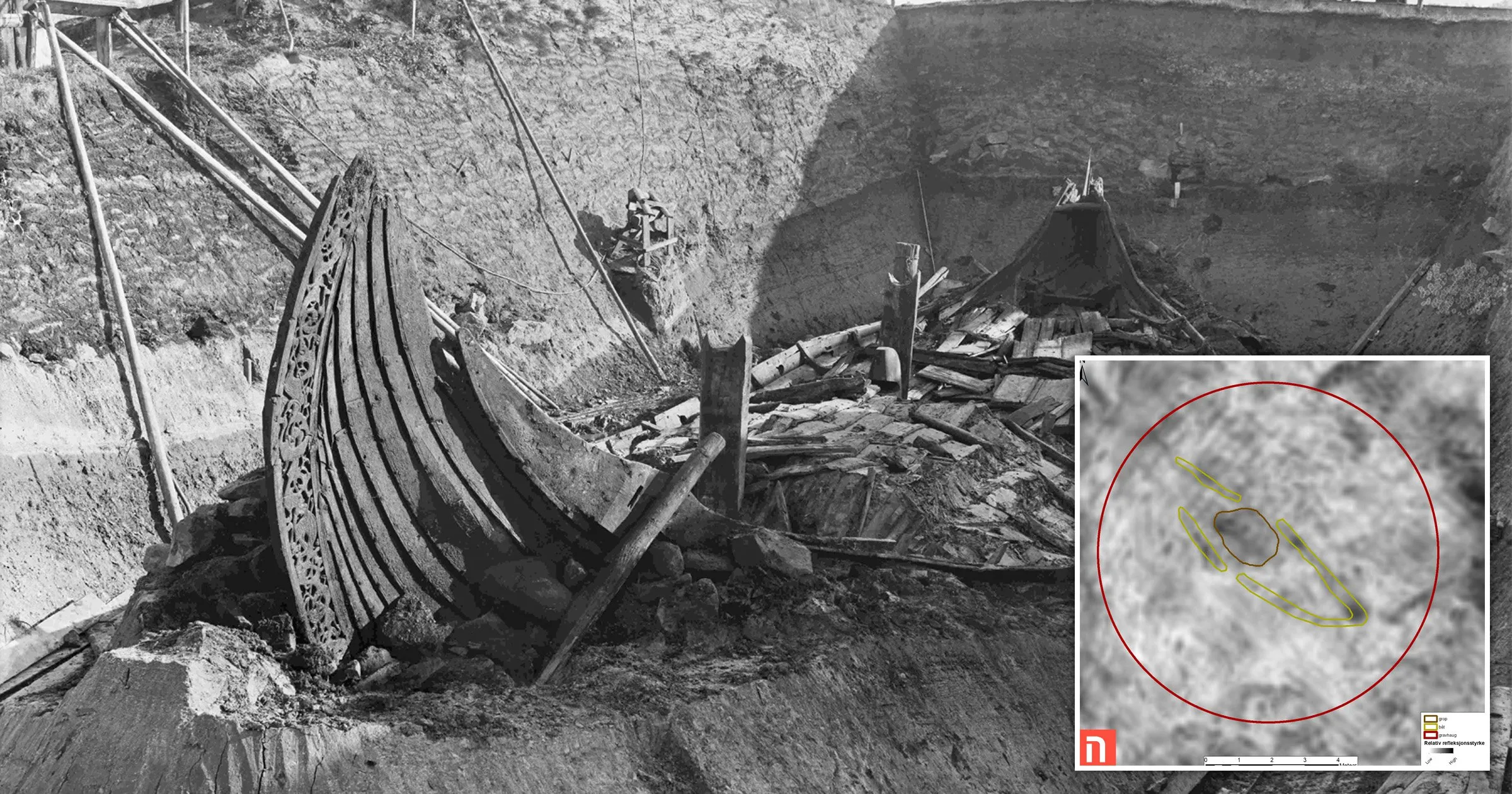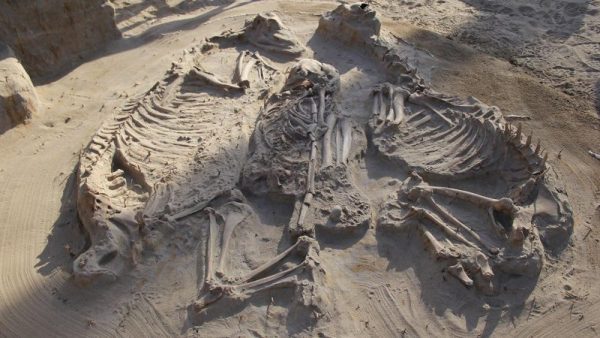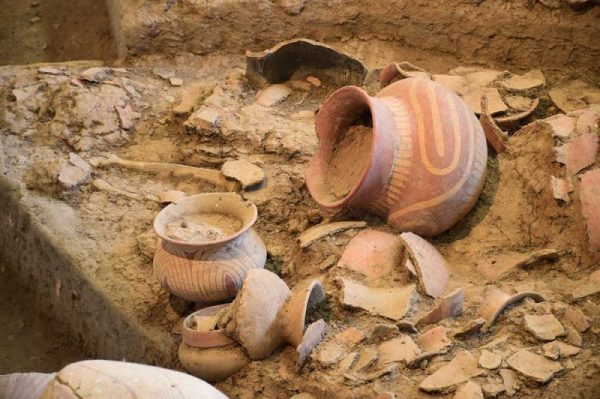In the world of archaeology, a technological revolution is quietly unfolding. The use of drones, or unmanned aerial vehicles, is transforming the way researchers study and explore ancient sites. With their ability to provide a bird’s-eye view of historical landscapes, drones offer insights that were previously unattainable. In this article, we will delve into the fascinating realm of drones in archaeology, exploring their applications, benefits, real-life examples, challenges, and future prospects. Join us as we soar into the skies to uncover the secrets of the past with “Drones in Archaeology“.
The Rise of Drones in Archaeology
A Brief History of Drones in Archaeology
Drones in archaeology may seem like a recent innovation, but their journey began in the early 2000s. Archaeologists swiftly recognized their potential for providing high-resolution aerial imagery and mapping, making them invaluable tools for site analysis.
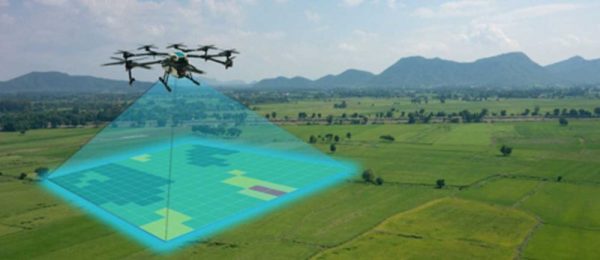
The Evolution of Archaeological Drones
Over the years, drone technology has evolved significantly. Today, drones come in various shapes and sizes, each tailored to specific archaeological tasks. They are equipped with advanced cameras, GPS systems, and software that enable precise mapping and data collection.
Applications of Drones in Archaeology
Site Discovery and Reconnaissance
One of the most fundamental applications of drones in archaeology is site discovery and reconnaissance. These unmanned vehicles can swiftly and efficiently locate potential archaeological sites, including hidden ruins and ancient settlements. With their aerial perspective, archaeologists can survey vast areas and pinpoint areas of interest.
High-Resolution Imaging
Drones equipped with high-quality cameras provide archaeologists with a distinct advantage – the ability to capture high-resolution images of archaeological sites. This capability allows experts to examine intricate details that might go unnoticed at ground level, making it an invaluable tool for documenting and analyzing historical sites.
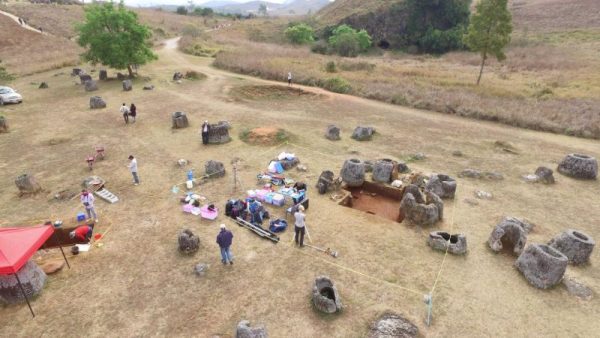
3D Modeling and Mapping
Another remarkable feature of drones is their ability to create accurate 3D models and maps of archaeological sites. These models offer archaeologists an unparalleled opportunity to analyze spatial relationships, plan excavations, and preserve digital records of historical sites. It is a significant step forward in terms of data collection and analysis.
Monitoring Site Preservation
Preserving ancient sites is of paramount importance, and drones play a crucial role in this aspect. They offer a cost-effective and non-invasive way to monitor the preservation of archaeological sites. Drones can keep a watchful eye on potential threats such as erosion, looting, and environmental changes, ensuring the protection of cultural heritage.
Benefits of Using Drones in Archaeology
Time and Cost Efficiency
Archaeological excavations are notoriously time-consuming and expensive endeavors. Drones significantly reduce the time and cost associated with data collection and site monitoring. They enable researchers to cover more ground in less time, making archaeological projects more efficient.
Safety and Accessibility
Some archaeological sites are located in challenging or remote environments, making them difficult to access. Drones eliminate the need for archaeologists to put themselves at risk, as they provide access to hard-to-reach areas. This not only ensures the safety of researchers but also allows them to explore sites that were previously inaccessible.
Reduced Environmental Impact
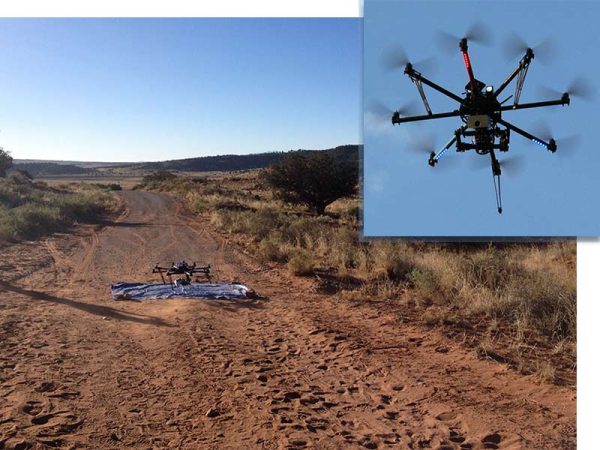
In an era where environmental conservation is paramount, drones offer a sustainable solution for archaeological research. They have a minimal environmental footprint compared to heavy machinery and human excavation. This eco-friendly approach aligns with the growing emphasis on responsible archaeology.
Public Engagement
Drones are not just tools for researchers; they are also bridges to the public. They capture stunning aerial footage and images of archaeological sites, making them valuable tools for engaging the public and raising awareness about cultural heritage preservation. Drones bring history to life for the wider audience.
Real-Life Applications
The Nazca Lines, Peru
In the arid desert plains of Peru, the ancient Nazca Lines have puzzled researchers for decades. These massive geoglyphs, etched into the earth, are best appreciated from the air. Drones have played a pivotal role in helping researchers understand these enigmatic formations. They capture detailed images and data that provide new insights into the purpose and creation of the Nazca Lines.
Pompeii, Italy
The ancient city of Pompeii, famously buried by the eruption of Mount Vesuvius in AD 79, has been a subject of fascination for centuries. Drones have become indispensable in documenting the ancient ruins of Pompeii. They reveal the city’s layout, hidden structures, and preservation efforts, aiding archaeologists in their quest to unlock the secrets of this ancient Roman city.
Challenges and Ethical Considerations
Privacy Concerns
The use of drones in archaeology is not without ethical concerns, particularly when conducting aerial surveys in populated areas. Privacy issues can arise when drones capture images and data that include private property or individuals. Researchers must navigate these concerns responsibly.
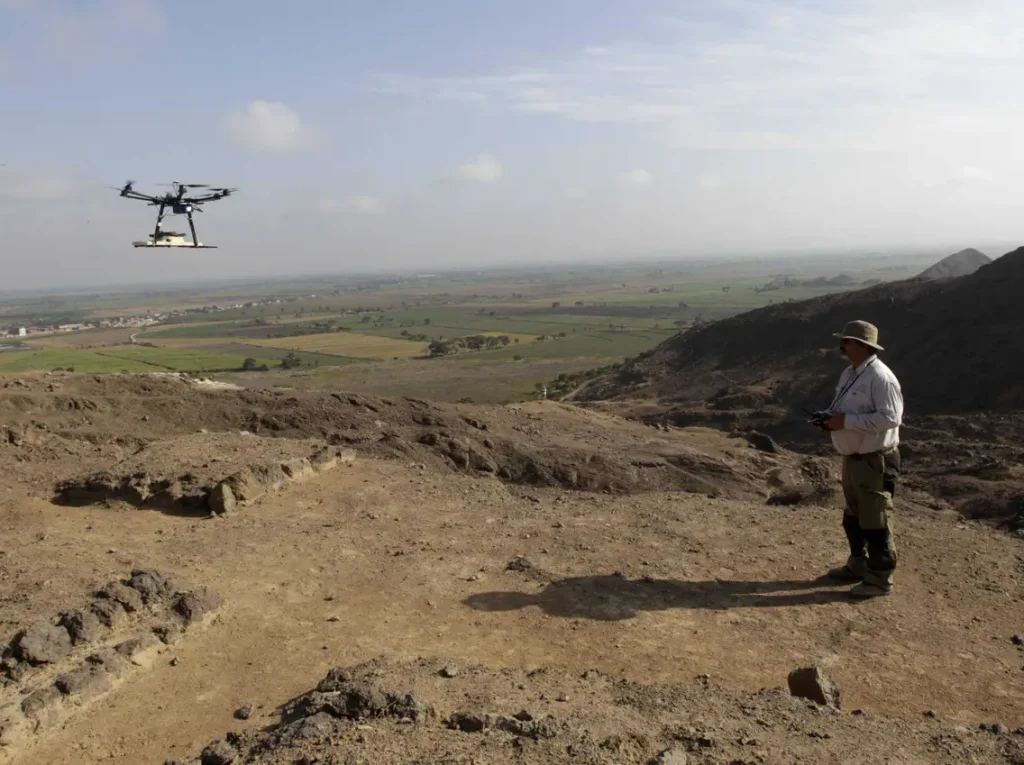
Data Storage and Analysis
The amount of data collected by archaeological drones can be immense. Efficiently storing, managing, and analyzing this data is a significant challenge. Archaeologists must develop robust data management strategies to ensure that the information collected is processed effectively.
Future Trends in Drone Archaeology
AI and Machine Learning
The integration of artificial intelligence and machine learning is poised to revolutionize the capabilities of drones in archaeological research. These technologies can help drones identify and classify archaeological features, making data analysis more efficient and insightful.
Improved Sensors and Cameras
The future of drone archaeology holds the promise of even more advanced sensors and cameras. These innovations will allow researchers to capture increasingly detailed images and data, further enhancing our understanding of ancient sites.
Conclusion
“Drones in Archaeology” has ushered in a new era of archaeological research, providing unparalleled insights into ancient sites. The benefits of drones in terms of time and cost efficiency, safety, reduced environmental impact, and public engagement are clear. As we continue to embrace technological advancements, the possibilities in this field are limitless. Whether you are an archaeology enthusiast or simply captivated by cutting-edge technology, the sky’s the limit when it comes to uncovering the mysteries of our past with drones.
